The exhibition "Martisor-The Story of a Living Tradition: From Queen Marie to the Heart of Every One," designed to bring to light the history, symbols, and stories that make the martisor an essential element of Romanian cultural identity, opened on Wednesday in the Aquarium Hall of the National Museum of the Romanian Peasant.
"It is extremely important for all of us, as citizens, as a country, as part of the diversity of the European Union, to never forget to promote and appreciate our traditions, values and everything that defines us as a people. (...) Dear friends, we have treasures beyond imagination when compared to other nations. On the one hand, we know how to protect everything that means culture, identity, traditions, values, but also to promote them and show them to the whole world. And in a society where peace should not be an option, it is very important to unite through culture," said senior official with the Ministry of Culture Diana-Stefana Baciuna.
She voiced hope that in the coming years the exhibition can also be mounted at the Royal Villa in Mamaia, which is, since December last year, in the custody of the Ministry of Culture.
Narcisa Alexandra Tiuca of the University of Bucharest spoke about the meaning and tradition of the martisor.
"I think that we have not yet studied this tradition enough, we are in a hurry to affirm various things, but it has a great social and cultural importance, it has a great importance for our harmonisation. Obviously, being placed at the beginning of spring, of the old agrarian year - the agrarian new year began on March 1 - it is a moment of joy, but also one in which we check our feelings, we confront them and of course that, if we have affinities, we will put the apple in a box and keep it as the godchildren kept the penny from the godparents,"said the teacher.
One of the most valuable parts of the exhibition is a collection of royal jewels, coming from the personal collection of Anghel Georgian. This rare collection offers the public the opportunity to admire royal jewels donated and worn in noble and royal circles over the centuries.
A special exhibit is the oldest known martisor in Romania, dated March 1, 1872, which reflects the documented beginnings of the tradition of giving a martisor in the forms we know today.
A special section of the exhibition is dedicated to Queen Marie, a symbol of love for the Romanian people and traditions.
The exhibition is open to visitors March 5 through 23, Tuesday to Sunday, between 10:00hrs and 18:00hrs. Monday is closed.
According to Anghel Georgian, similar exhibitions, bringing together pieces from his collection, will open on Wednesday at the Palace of the Princes of Transylvania in Alba Iulia and at the Museum of Folk Art in Constanta.
The martisor is said to be more than a small symbol of spring. It is a sign of hope, love and rebirth, intertwining in its red and white threads a tradition that has crossed centuries. Inscribed in 2017 on the UNESCO List of the Intangible Cultural Heritage of Humanity, the martisor brings people together, either through the simple gesture of giving or through the stories that accompany it.

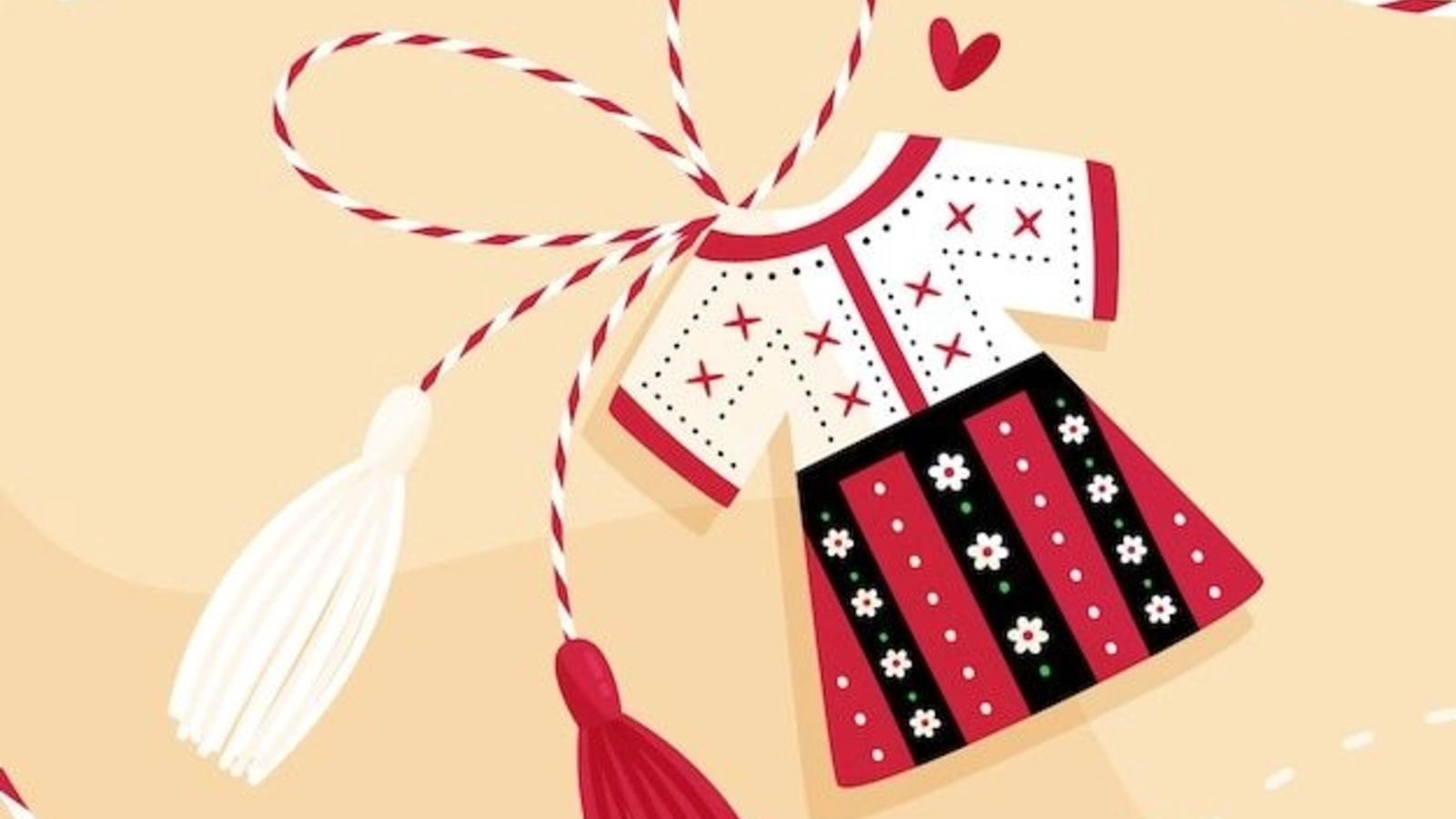






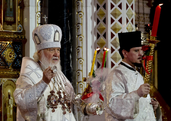



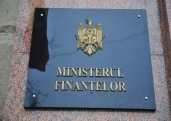


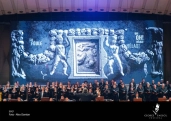






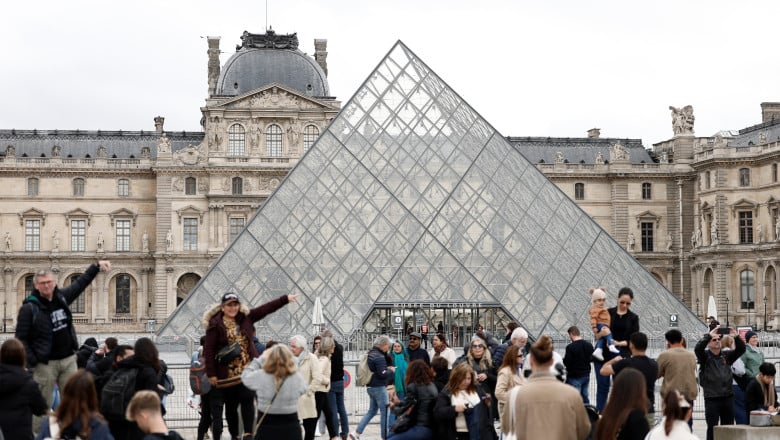




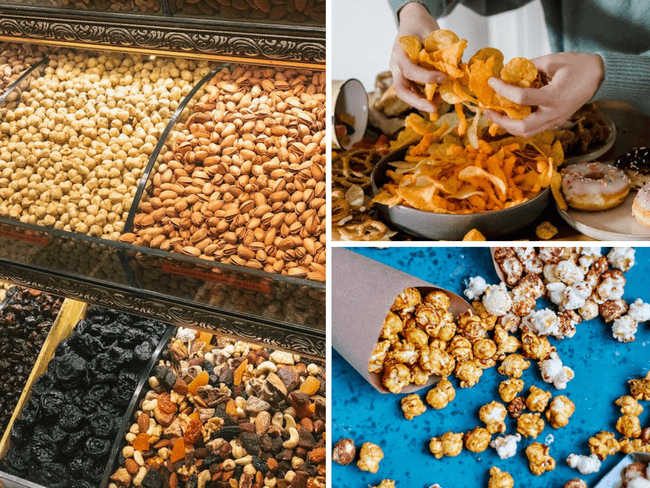



Comentează